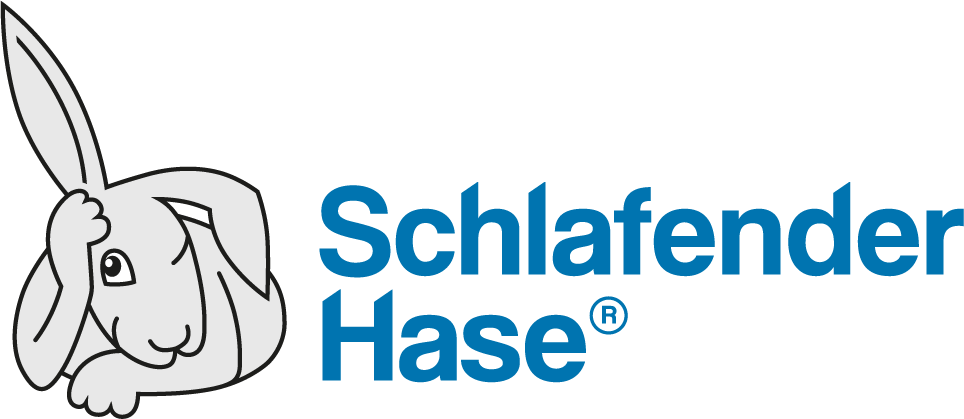The pharmaceutical and medical devices sectors are among the most highly regulated industry sectors in the world. These are governed by both national regulatory authorities and international authorities. Their aim is to ensure compliance and provide guidelines in aspects such as development, manufacturing, marketing, licensing and packaging and labeling. As the following case illustrates, one UK based national regulatory authority has reaped very significant rewards in its parallel import unit by using TVT®, the Text Verification Tool®.
Role and the Challenges
The role of the parallel import unit within the major national regulator is to ensure that all parallel imported products are repackaged with a patient leaflet that conforms to the current national leaflet in that country. The parallel import unit is responsible for regulating these imports into the country whenever a drug is imported from abroad. In order for an imported drug to be cleared, the unit is required to produce a report for the regulatory body on what has changed in the drug labeling, packaging or leaflet.
With approximately 8000 leaflets to review and approve every year, the parallel imports unit within this national authority faced the challenge of having to visually inspect each leaflet in a manual process. With each leaflet consisting of anywhere between 4 to 16 pages, the team was constantly working at maximum capacity. Yet their method was very slow and error prone.
The parallel imports unit was using tools like Microsoft Word and Adobe Acrobat Pro to perform electronic inspections where possible. However, the submitted leaflets and the original national leaflets were often in different file formats, which rendered these programs of little use.
Choosing the Text Verification Tool
When the parallel imports unit at the national regulatory authority decided to look for a proofreading solution to improve efficiency, it identified three solution providers that fit the initial project scope.
Throughout the testing phase, volunteers were asked to submit evaluations of these solutions and at the end of Week 4, they met as a group to decide on the best solution. Fourteen out of 15 volunteers chose TVT, the Text Verification Tool!
“We never expected such clear results from our evaluation process, but once we received the positive responses from our team, it made choosing the Text Verification Tool an easy decision,” said one manager in the unit responsible for parallel imports.
Some of the main reasons for selecting TVT included:
General user friendliness of the tool.
Ease of selecting parts of the document to be included or excluded from the comparison.
Quality and clarity of automated reports.
Speed at which a full comparison could be completed.
Conclusion
Since implementing TVT, the unit responsible for parallel imports exclusively compares its 8000 leaflets with the tool, while other departments within the regulatory authority have started to use the tool as well. “This dramatically decreased assessment time. An assessment that would have ordinarily taken me two to three hours, only took me about one hour, without me even being completely aware of all the shortcuts and capabilities of the software.” States a national regulatory user of TVT
It has helped transform their slow, manual process into a process that:
Has changed from simply identifying differences to evaluating their significance.
Allows for better resource management: comparisons are much quicker, accurate and consistent in time.
Has removed the chance of human error: the automated reports eliminate the need for preparing detailed Word documents listing all changes.
Furthermore, the reports TVT produces are so thorough that the national regulatory authority offers a submission fee discount authority to any applicant using TVT.
‘’TVT has contributed to a 50% increase in targets, which is truly more than we expected from any electronic solution,’’ reiterates the senior manager in the unit. ‘’It has given our team the ability to streamline our proofreading process and focus on improving our internal procedures.’’






